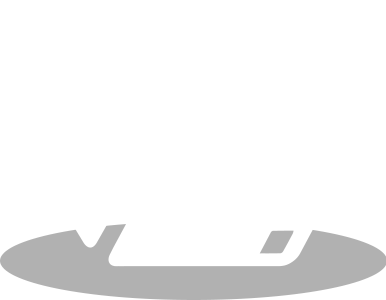Glossary

ATM System
The ATM System
Most people are very familiar with using an ATM, also known as an Automated Teller Machine. What is less common knowledge is the operating system behind the cash generating terminal located at banks, gas stations, malls and many other convenient locations. The point of an ATM system is not just for merchant account processing, but it is also a telecommunications system. It is a way for an acquirer member to initiate communication to the STAR Network through either an ATM terminal or POB machine. The ATM system consists of several parts. This summary will focus primarily on three of them: The ATM, POB and STAR switch.
What is an ATM?
Typically an ATM is a stand-alone, automated terminal that generates cash or account information for a small fee. The ATM interchange fee occurs at the time of each transaction, paid by the issuer member to the acquirer member. This fee is set by the STAR Network and changes from time to time. Access to an ATM is only granted through a debit or ATM card with a personal identification number or PIN entered correctly.
What is a POB machine?
A Point of Banking machine may be used by a merchant account in place of more traditional credit card processing terminal at their cash register. Using a POB helps to reduce the cost of credit card processing while still offering the convenience of accepting bankcards. For a higher fee, merchants can include a cash back feature as an added value to customers.
What is a STAR switch?
A STAR switch is used to relay information between the STAR Network and the merchant account holder. It receives information from a Point of Banking or Point of Sale transaction, as well as other types, and can relay back to the STAR network. There are a variety of STAR switches in use, each one carrying a different function or purpose. A STAR switch fee is collected from the acquirer or issuer members to maintain operation. This fee may vary and is set by the STAR Network.
Back to list